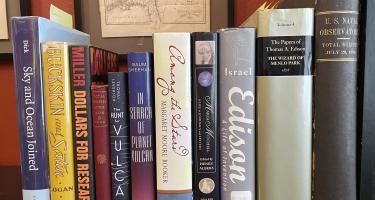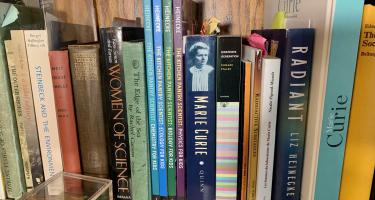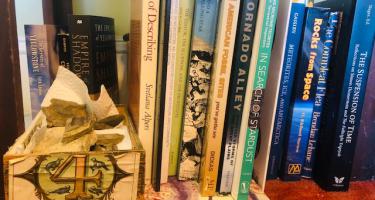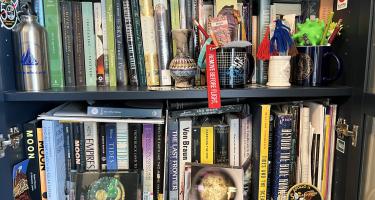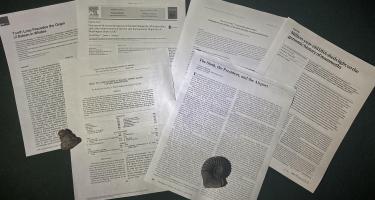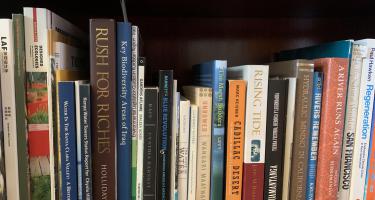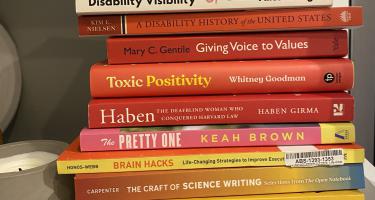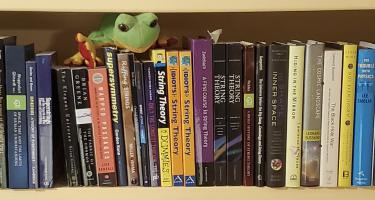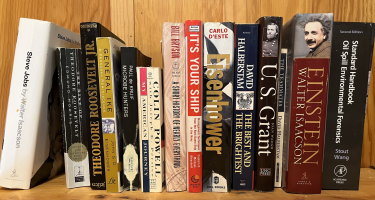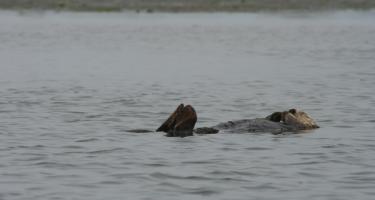
Alison Pearce Stevens—Animal Climate Heroes!
Whales fertilize the ocean with their poop. Forest elephants eat small fast-growing trees, helping larger slow-growing trees flourish. In Animal Climate Heroes!, Alison Pearce Stevens urges readers aged 8 and up to become climate heroes, too, by cutting back on single-use plastics, encouraging their families to buy local, planting a vegetable garden, and choosing to bike rather than riding in a car.
